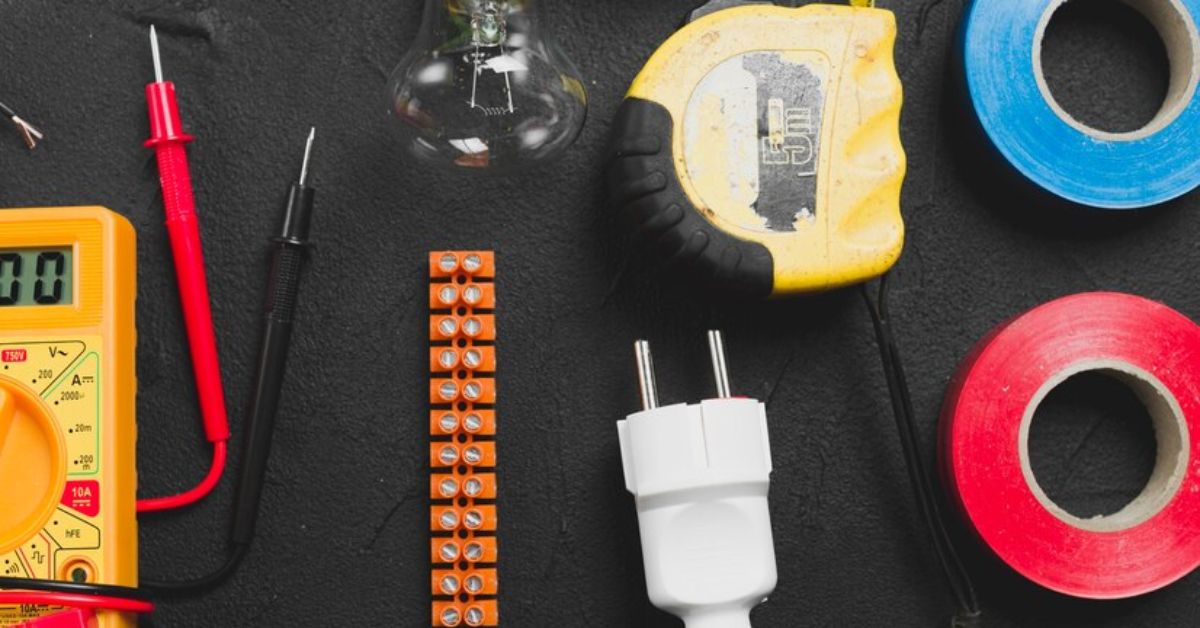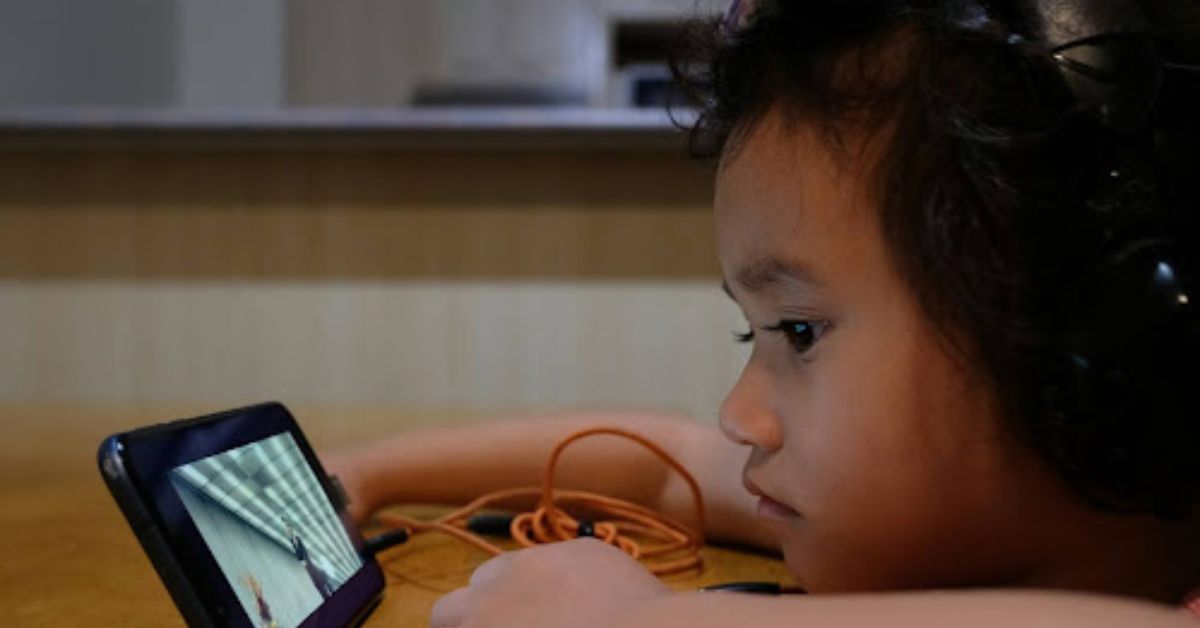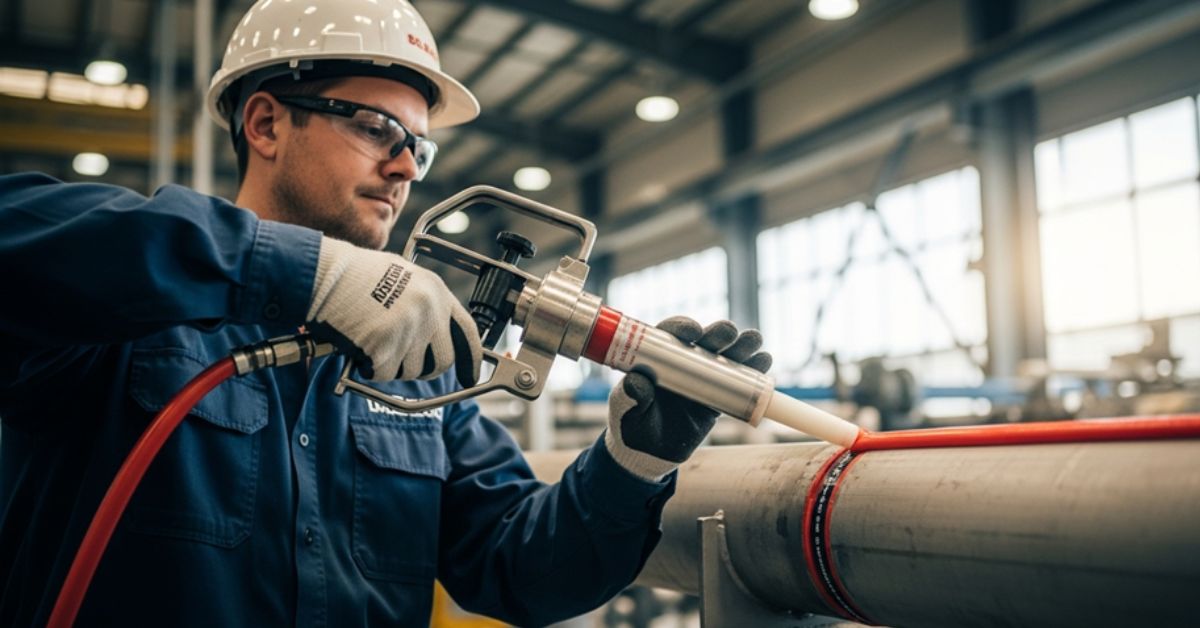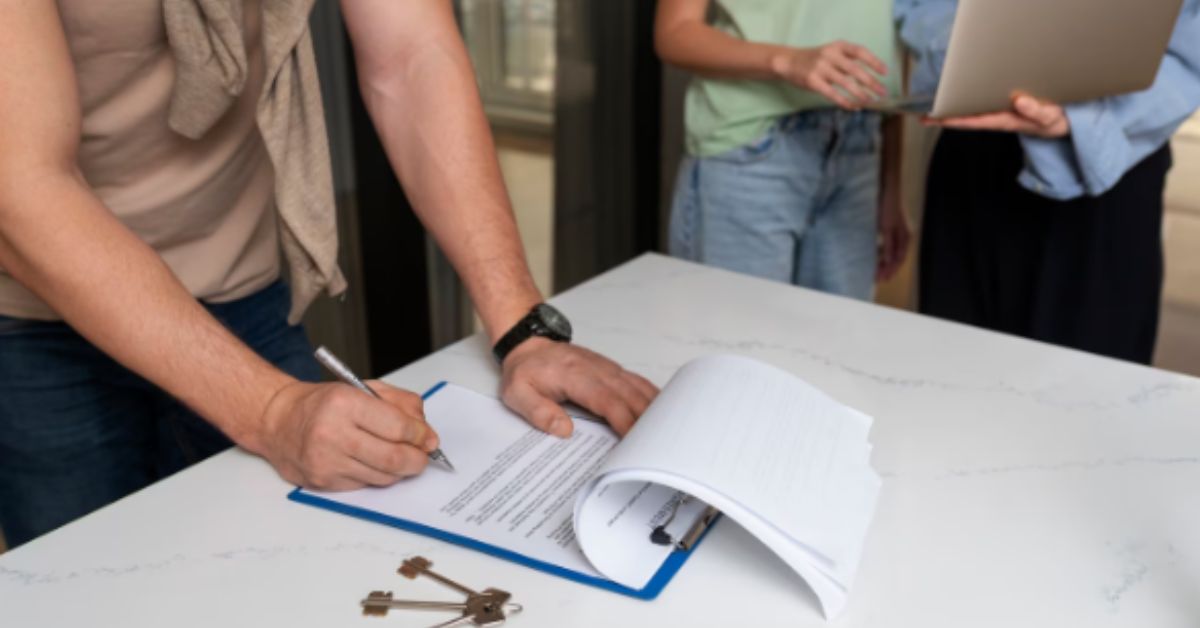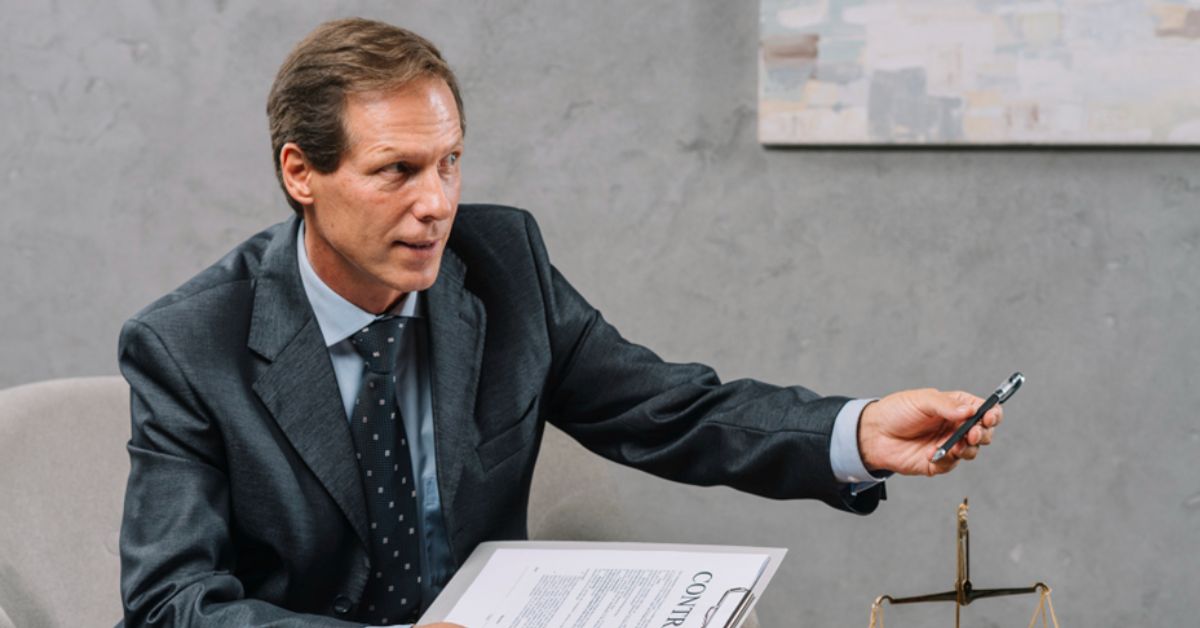Electric plugs are among the most frequently used components in our daily lives, powering everything from kitchen appliances to entertainment systems. Over time, due to wear and tear, plugs can become loose, frayed, or broken.
While it may seem tempting to repair an electric plug yourself, there are several considerations to ensure safety and functionality. This article will discuss the common issues with electric plugs, the safety aspects of DIY repairs, and when to know if it’s better to replace the plug rather than attempt a repair.
Common Problems with Electric Plugs
Electric plugs can encounter several issues over their lifespan. The most common problems include:
- Loose or Wobbly Prongs
- Frayed or Exposed Wires
- Cracked or Broken Housing
- Bent or Corroded Prongs
- Burnt or Discolored Plug
What’s Safe to Repair Yourself?
While DIY repairs might seem like a good cost-saving option, safety is paramount when dealing with electricity. Here are some scenarios where DIY repairs are relatively safe, provided the person is cautious and prepared:
1. Replacing a Broken Plug Casing
If the plug housing is cracked or broken but the internal wiring and prongs are still intact, replacing the casing can be a straightforward repair. You can buy a replacement casing or plug body from hardware stores. To perform this repair:
- Unplug the device and ensure there is no power running through the circuit.
- Disassemble the plug by unscrewing or opening the casing. Be cautious not to touch any exposed wires.
- Inspect the internal wiring for damage. If the wires appear frayed or burnt, you may need to cut and strip them to expose fresh wire for reattachment.
- Attach the wires to the new casing, ensuring they are tightly secured to the correct prongs according to color codes (usually, green or copper is ground, white is neutral, and black or red is live).
- Reassemble the plug, ensuring it’s tightly secured and there are no exposed wires.
This repair is safe if performed with attention to detail, provided you ensure no wires are exposed or improperly connected.
2. Tightening Loose Prongs
If the prongs are loose but not damaged, they can usually be tightened with a small screwdriver. A loose prong is a potential fire hazard because it may not provide a stable electrical connection, leading to arcing or overheating. To repair this:
- Unplug the device and examine the plug carefully.
- Tighten the prong screws gently to avoid overtightening, which may cause damage.
- Check for stability after tightening to ensure that the prong does not wobble.
This is a relatively safe fix as long as you exercise caution and do not force anything that doesn’t move smoothly.
What’s Not Safe to Repair Yourself?
There are certain situations where DIY repairs are highly discouraged. These situations involve serious safety risks or require professional expertise.
1. Replacing Damaged or Burnt Prongs
If the prongs are burnt, discolored, or otherwise visibly damaged, repairing or attempting to replace them on your own is not recommended. This could be a sign of overheating or an electrical fault, which could cause further damage or pose a fire hazard. In these cases, it’s best to replace the entire plug rather than attempt to repair it.
2. Internal Wiring Issues
If you discover internal issues with the wiring, such as shorts or loose connections within the body of the plug that are not easily accessible, it’s best to replace the plug altogether. Trying to repair internal wiring without proper knowledge can lead to serious electrical hazards, including electrocution or fire.
3. Corroded or Rusted Prongs
Prongs that have been corroded or rusted cannot be effectively repaired. Corrosion can compromise the structural integrity and conductivity of the prongs, meaning a replacement plug or cord is necessary. While you can attempt to clean minor corrosion with a fine wire brush or vinegar solution, extensive corrosion or rust cannot be remedied with DIY methods.
When to Seek Professional Help
If you’re unsure about your ability to perform the repair safely, it’s best to seek professional help. Electricians are trained to handle the complexities of wiring and plug repairs. If the plug is part of a larger electrical system or appliance, getting it repaired by a professional ensures that it’s done according to safety standards.
While some DIY repairs for loose or broken electric plugs can be safely carried out with the right tools and knowledge, others should be left to professionals. Always prioritize safety by ensuring you have the proper skills, tools, and understanding of electrical systems before attempting any repairs. In cases of major damage, or when dealing with high-voltage appliances, replacing the plug or cord entirely is often the safest and most cost-effective solution.

